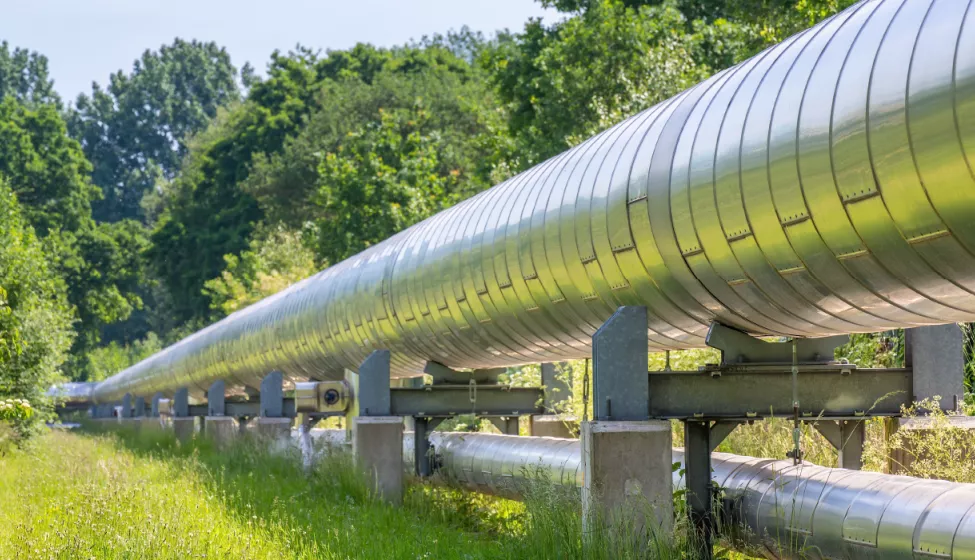August 23, 2022
PHMSA's Mega Rule aims to strengthen safety of natural gas transmission pipelines
On Aug. 4, the Pipeline and Hazardous Materials Safety Administration (PHMSA) submitted the long-awaited final installment of the so-called "Mega Rule" for publication in the Federal Register. This installment reflects findings from the 2010 San Bruno pipeline incident and recommendations from the National Transportation Safety Board.
Geared towards improving the safety and environmental protections of the natural gas transmission pipeline system, this rule addresses:
- Enhanced and new definitions.
- More rigid requirements around the management of change (MOC) process.
- Enhancements to integrity management requirements for risk and integrity assessments.
- More extensive guidance for corrosion control and mitigation timelines.
- Requirements for pipeline inspections following extreme weather events.
- Enhanced guidance for repairs and when they are needed.
What the rule means for utilities
The final installment of the Mega Rule covers a broad spectrum of changes that will require enhanced processes and implementation.
Some of the major changes that will likely affect utilities are the updates to the definitions of "distribution center" and "transmission line." Combined, the two definitions make it easier for operators to differentiate between transmission and distribution pipelines. Depending on how operators are currently defining "transmission," there may be opportunities to explore whether the new definitions of distribution center and transmission line will alter the transmission mileage and the required assessments.
Other changes are more prescriptive. For example, the MOC process is now applied to all onshore transmission pipelines; needs to be aligned with ASME/ANSI B31.8S; and must include the reason for change, authority for approving changes, analysis of implications, acquisition of required work permits, documentation, communication of change to affected parties, time limitations, and qualification of staff. This extends the requirement to have an MOC process to non-high-consequence areas.
Risk models for transmission integrity management programs have additional requirements. The final rule specifies certain attributes that must be included in an operator's risk assessment and introduces a new term, "pertinent," to distinguish when the data is required. In addition, PHMSA now explicitly requires that operators integrate "analyzed" information into their integrity management programs and that data be verified and validated. If subject matter experts are used as inputs, an operator must "employ adequate control measures to ensure consistency and accuracy of information." Operators must also account and compensate for uncertainties in the model and the data used in the risk assessment and evaluate risk reduction associated with candidate risk reduction activities, such as preventive and mitigative measures.
The final rule also significantly extends the requirements for conducting internal corrosion direct assessments and stress corrosion cracking direct assessments by incorporating NACE standards SP0206-2006 and SP0204-2008, respectively, and adding codified requirements to 49 CFR 192.927 and 49 CFR 192.929, respectively. Many of the other changes strengthen corrosion control requirements including external and internal corrosion monitoring and a more stringent requirement for implementing an interference program.
The final installment of the Mega Rule takes effect nine months after the date of publication in the Federal Register.
How Exponent Can Help
Exponent has significant experience providing technical and programmatic support and guidance for utilities' integrity management and corrosion control programs. We have partnered with operators to develop quantitative probabilistic risk models (accounting for uncertainties), evaluate and implement methods to account for cognitive biases in SME-based risk assessments, develop and implement integrity management plans for direct assessments, and perform direct cause and root cause analysis to understand the full extent of probable conditions. Leveraging our multidisciplinary experience, we provide full program development, support, and analysis for operators to successfully comply with new regulations.
Insights





